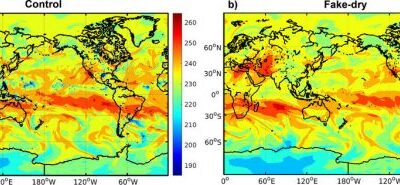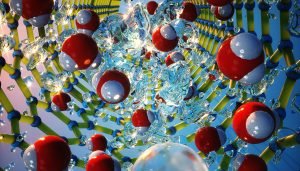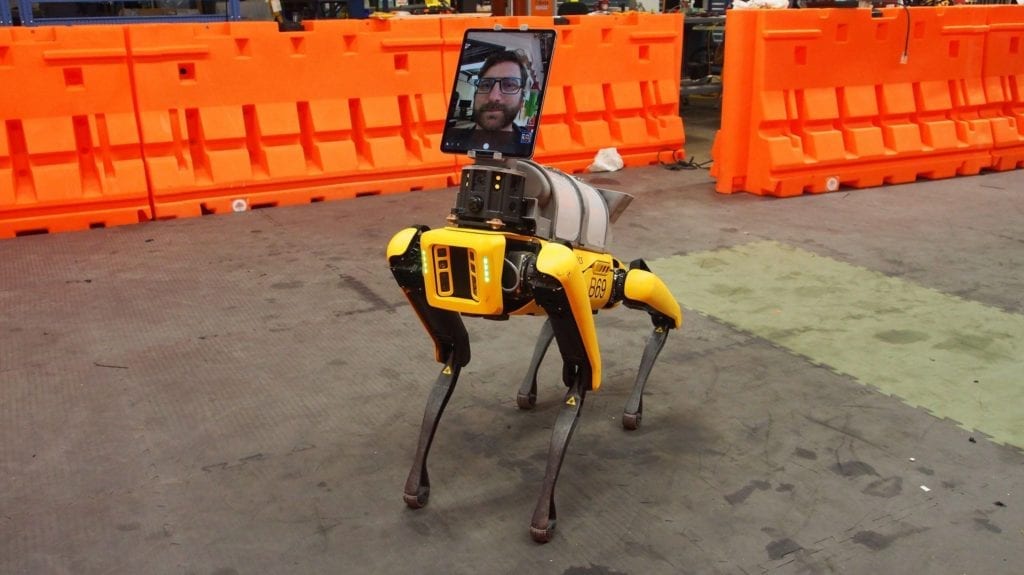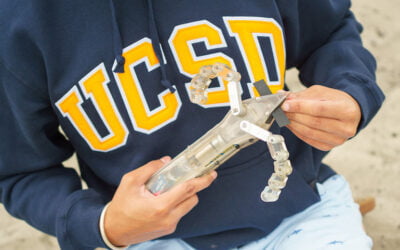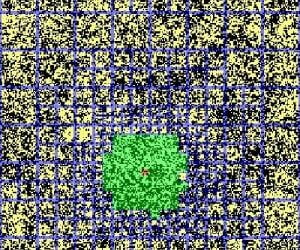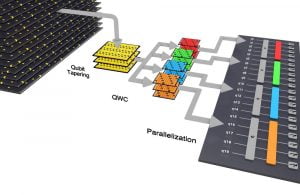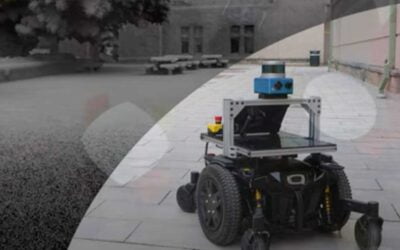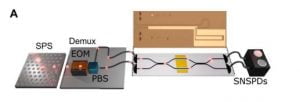Robotics News
NERSC Supercomputers Enable Bioinspired Chemical Strategy for Efficient Energy Conversion
Inspired by how our body’s motor proteins facilitate tasks like muscle contraction and cellular migration, scientists have been looking for efficient ways to convert chemical energy (the energy stored in substances) into useful mechanical work. By understanding and...
Supercomputer Simulations Generate Surge of New Data Related to Stormy Weather Predictions
To better predict the specifics of these storms, researchers at The Pennsylvania State University (Penn State) recently used Expanse at the San Diego Supercomputer Center (SDSC) at UC San Diego and Stampede2 supercomputer at the Texas Advanced Computing Center to...
LLNL Researchers Harness Machine Learning for Advanced Simulations of Water Structure in Carbon Nanotubes
Lawrence Livermore National Laboratory (LLNL) scientists recently combined large-scale molecular dynamics simulations with machine learning interatomic potentials derived from first-principles calculations to examine the hydrogen bonding of water confined in carbon...
Inside Meta’s research with Boston Dynamics’ Spot
Researchers at Meta AI and Fundamental AI Research (FAIR) have been working with Boston Dynamics‘ Spot quadruped to push the robot to new heights. Their research resulted in two significant breakthroughs toward creating general-purposed embodied AI agents that are...
How Do We Make Supercomputing Operations More Sustainable Today and in the Future?
Sustainability in high-performance computing (HPC) has been on everyone’s mind lately. In the most recent survey from Hyperion Research, sustainability and energy efficiency rose to the top of priority lists for many HPC datacenter procurement plans, second only to...
This turtle-inspired robot can dig through sand
Researchers at the University of California San Diego have created a robot that can swim under the sand and dig itself out. The robot has two front limbs that mimic the oversized flippers of turtle hatchlings. The post This turtle-inspired robot can dig through sand...
Researchers Utilize Monte Carlo Simulations to Decipher Long-Range Interactions
Researchers at Leipzig University have developed a highly efficient method to investigate systems with long-range interactions that were previously puzzling to experts. These systems can be gases or even solid materials such as magnets whose atoms interact not only...
Researchers Use Commercial Quantum Computer to Identify Singlet Fission Molecules for Efficient Solar Cells
Using the full capabilities of the Quantinuum H1-1 quantum computer, researchers from the Department of Energy’s Oak Ridge National Laboratory not only demonstrated best practices for scientific computing on current quantum systems but also produced an intriguing...
This CMU system can turn any robot into an autonomous explorer
A research group at Carnegie Mellon University’s Robotics Institute has developed a suite of robotic systems and planners that enable robots to explore unknown and treacherous and unknown environments more quickly and create more accurate and detailed maps. The...
UChicago Scientists Make New Discovery Proving Entanglement Is Responsible for Computational Hardness In Quantum Systems
For decades, scientists have been trying to solve the mystery of what makes quantum computers more powerful than classical computers. The origins of this quest can be traced all the way to Albert Einstein who famously called quantum mechanical entanglement “spooky...
Researchers Develop Integrated Photonic Platform Based on Thin-Film Lithium Niobate
Researchers are leveraging photonics to develop and scale the hardware necessary to tackle the stringent requirements of quantum information technologies. By exploiting the properties of photonics, researchers point to the benefits of scaling quantum hardware. If or...
The Grand Challenge of Simulating Nuclear Fusion: An Overview with UKAEA’s Rob Akers
As HPC and AI continue to rapidly advance, the alluring vision of nuclear fusion and its endless zero-carbon, low-radioactivity energy is the sparkle in many a futurist’s eye. At an ISC focus session, attendees were given an overview of digital twin efforts toward...


